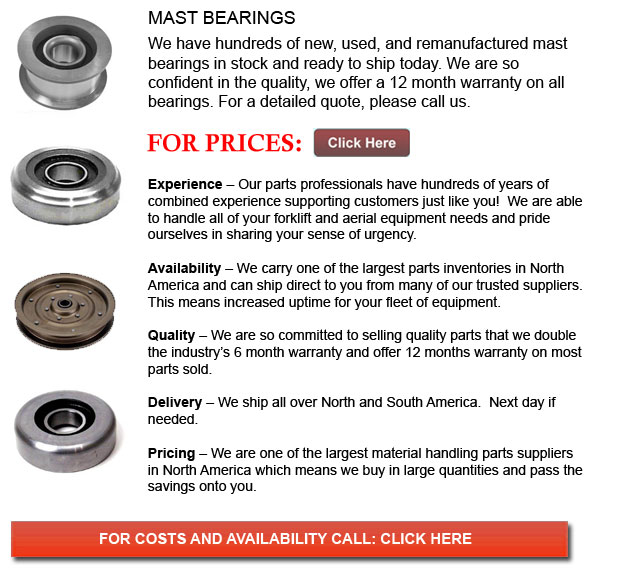
Mast Bearing - A bearing enables better motion among at least 2 components, normally in a linear or rotational sequence. They can be defined in correlation to the direction of applied weight the can take and according to the nature of their use
Plain bearings are extremely commonly utilized. They utilize surfaces in rubbing contact, usually along with a lubricant like for example oil or graphite. Plain bearings may or may not be considered a discrete device. A plain bearing could have a planar surface that bears another, and in this particular case will be defined as not a discrete device. It may have nothing more than the bearing exterior of a hole together with a shaft passing through it. A semi-discrete example will be a layer of bearing metal fused to the substrate, whereas in the form of a separable sleeve, it will be a discrete device. Maintaining the correct lubrication allows plain bearings to provide acceptable friction and accuracy at minimal expense.
There are different bearings which could help better and cultivate efficiency, accuracy and reliability. In numerous applications, a more suitable and specific bearing can enhance operation speed, service intervals and weight size, thus lowering the total costs of using and buying equipment.
Several types of bearings with various material, application, lubrication and shape exist in the market. Rolling-element bearings, for instance, make use of drums or spheres rolling between the parts to be able to lower friction. Less friction provides tighter tolerances and higher precision than plain bearings, and less wear extends machine accuracy.
Plain bearings are normally constructed from different kinds of plastic or metal, depending on how corrosive or dirty the environment is and depending upon the load itself. The kind and use of lubricants can dramatically affect bearing lifespan and friction. For instance, a bearing may be run without whichever lubricant if continuous lubrication is not an alternative for the reason that the lubricants can draw dirt which damages the bearings or device. Or a lubricant could improve bearing friction but in the food processing trade, it can require being lubricated by an inferior, yet food-safe lube so as to prevent food contamination and ensure health safety.
The majority of high-cycle application bearings require cleaning and some lubrication. Sometimes, they may require adjustments to help minimize the effects of wear. Various bearings can need occasional repairs to avoid premature failure, even if fluid or magnetic bearings can require not much maintenance.
Prolonging bearing life is normally attained if the bearing is kept clean and well-lubricated, even though, some types of operation make consistent maintenance a difficult job. Bearings situated in a conveyor of a rock crusher for instance, are continuously exposed to abrasive particles. Frequent cleaning is of little use since the cleaning operation is expensive and the bearing becomes dirty once more once the conveyor continues operation.
![]() Click to Download the pdf
Click to Download the pdf
Forklift Parts
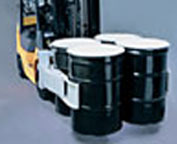
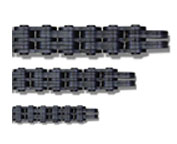
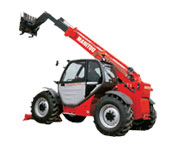
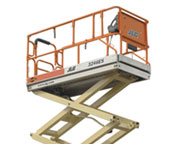
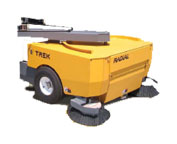
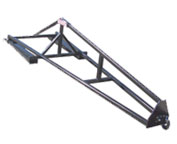
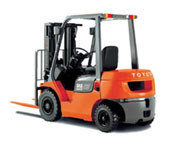
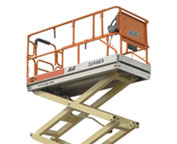
Lift Parts Express
TOLL FREE: 1-888-695-7994
LOCAL: 432-242-4089
3001 C105-241 Loop 250 Frontage Road
Midland, Texas
forkliftpartsmidland.com
Email Us
About Us


